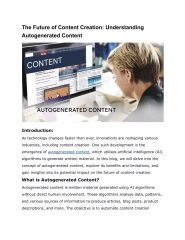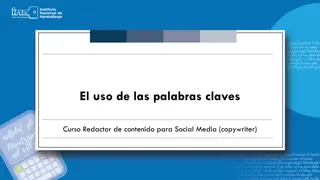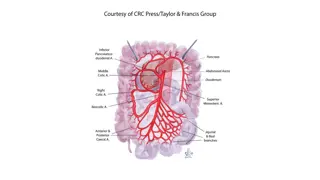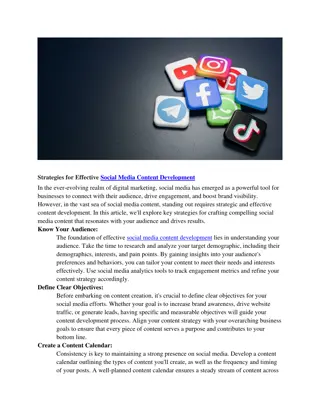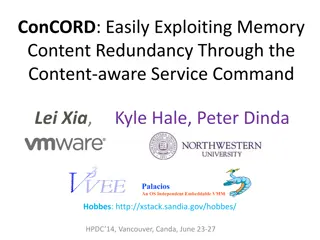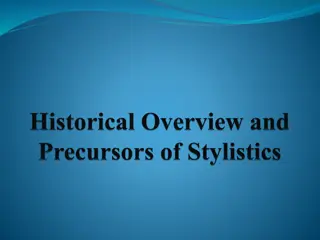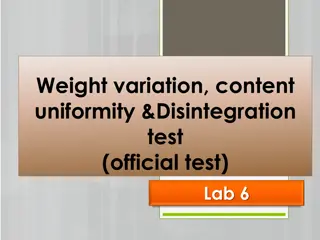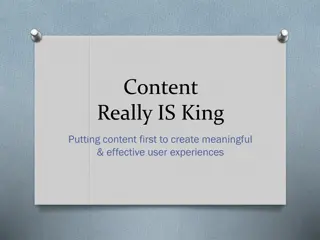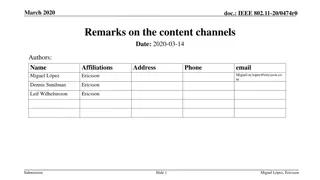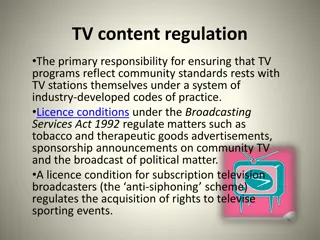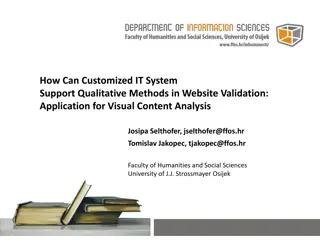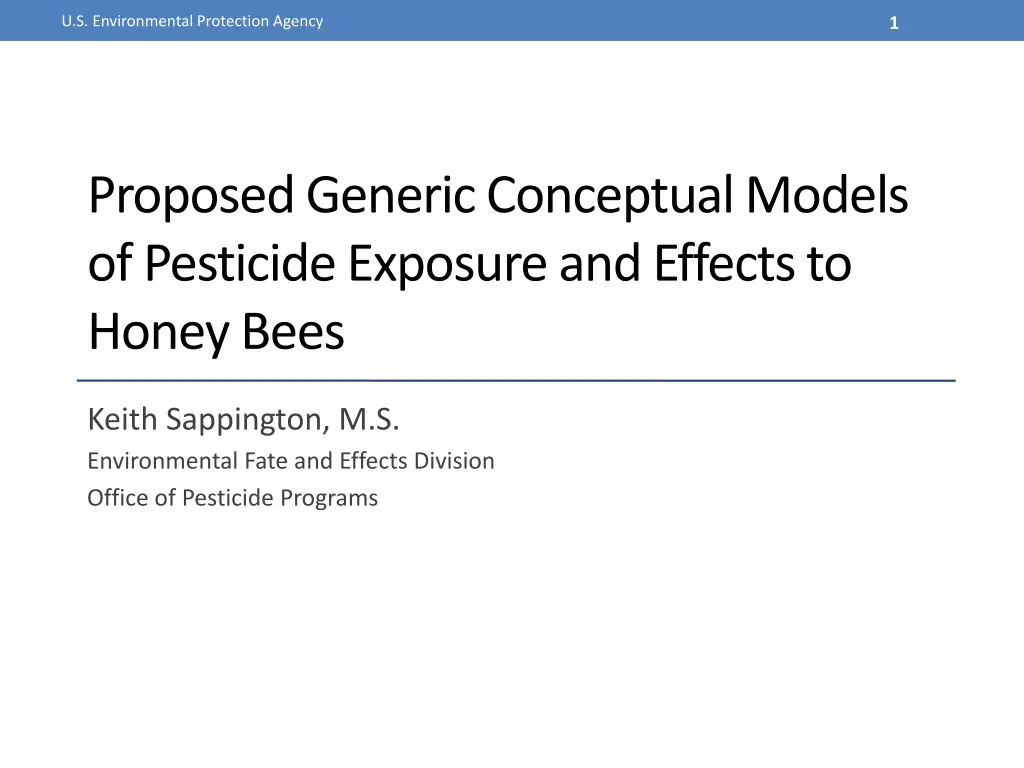
Conceptual Models of Pesticide Exposure and Effects on Bees
Explore the proposed generic conceptual models by the U.S. Environmental Protection Agency regarding pesticide exposure and effects on honey bees. This comprehensive overview covers the different pesticide application methods, risk assessment endpoints, and potential impacts on bee populations. Dive into the intricate relationships between ecological entities and stressors, as well as the importance of conceptual models in risk assessment and communication.
Download Presentation

Please find below an Image/Link to download the presentation.
The content on the website is provided AS IS for your information and personal use only. It may not be sold, licensed, or shared on other websites without obtaining consent from the author. If you encounter any issues during the download, it is possible that the publisher has removed the file from their server.
You are allowed to download the files provided on this website for personal or commercial use, subject to the condition that they are used lawfully. All files are the property of their respective owners.
The content on the website is provided AS IS for your information and personal use only. It may not be sold, licensed, or shared on other websites without obtaining consent from the author.
E N D
Presentation Transcript
U.S. Environmental Protection Agency 1 Proposed Generic Conceptual Models of Pesticide Exposure and Effects to Honey Bees Keith Sappington, M.S. Environmental Fate and Effects Division Office of Pesticide Programs
2 U.S. Environmental Protection Agency Outline 3 U.S. Environmental Protection Agency Problem Formulation Introduction Background and utility of CMs Purpose of generic CMs for honey bees As Needed: Get Data, Iterate, Monitor Integrate Available Information Source & Ecosystem Ecological Exposure at Risk Effects Planning Assessment Endpoints Conceptual Model Generic conceptual models Foliar spray applications (non- systemic and systemic) Soil applications Seed treatment Analysis Plan Analysis
3 U.S. Environmental Protection Agency Introduction A conceptual model is a written and visual description of the predicted relationships between ecological entities and the stressors of concern (USEPA 1998). Risk hypotheses Conceptual diagram Useful tool for communicating the predicted pathways of exposure and effects in relation to assessment endpoints Vary from simple to complex and in graphical format General structure: Source Exposure Receptor/Response Attribute Change
4 U.S. Environmental Protection Agency Generic Conceptual Models for Honey Bees Intended as a starting point for pesticide risk assessors; to be modified where appropriate Represent major pesticide uses that may result in significant exposure to honey bees (foliar, soil, seed treatment, trunk [drench] / injection) Reflect differences in pesticide use patterns and chemical characteristics (systemicity)
5 U.S. Environmental Protection Agency Non-Systemic Pesticide: Foliar Spray Application Stressor Deposition onto Surface Water Runoff/ Erosion Deposition onto Plants Deposition onto Soil Spray Deposition On Bees Source Residues On Pollen & Nectar Residues in Surface Water Residues in Soil Residues On Plant Surfaces Exposure Media Dermal Uptake & Inhalation Ingestion Brood provisions* Bee Brood Hive Bees (Nurse, Worker, Drone**) Foraging Bees (workers) Wax, Propolis Receptors Royal Jelly Queen** Pollen & Nectar, Processing, Ingestion; Comb Production Quantity and Quality of Hive Products Reduced honey, wax, propolis production Attribute Change (assessment endpoint) Population Size and Stability of Colonies Reduced colony strength and survival Reduced queen fecundity & brood success Reduced individual survival, behavior changes Contribution to Pollinator Biodiversity Reduced species richness and abundance * Brood initially rely on brood jelly and royal jelly, but later in development consume processed pollen and honey; whereas queens rely solely on royal jelly. ** interception of spray droplets is also a potential route of exposure during mating and orientation flights
Systemic Pesticide: Foliar Spray Application Stressor Deposition onto Surface Water Runoff/ Erosion Deposition onto Plants Deposition onto Soil Spray Deposition On Bees Source Foliar Translocation Residues In (On) Pollen, Nectar, Exudates, Honey Dew Residues in Surface Water Residues On Plant Surfaces Residues In Soil Root Uptake Exposure Media Dermal Uptake & Inhalation Ingestion Brood Provisions* Bee Brood Hive Bees (Nurse, Worker, Drone**) Foraging Bees (workers) Wax, Propolis Receptors Royal Jelly Queen** Pollen & Nectar Processing, Ingestion; Comb Production Quantity and Quality of Hive Products Reduced honey, wax, propolis production Attribute Change (assessment endpoint) Population Size and Stability of Colonies Reduced colony strength and survival Reduced queen fecundity & brood success Reduced individual survival, behavior changes Contribution to Pollinator Biodiversity Reduced species richness and abundance * Brood initially rely on brood jelly and royal jelly, but later in development consume processed pollen and honey; whereas queens rely solely on royal jelly. ** interception of spray droplets is also a potential route of exposure during mating and orientation flights
7 U.S. Environmental Protection Agency Systemic Pesticide: Soil Application Stressor Runoff/ Erosion Residues in Soil* Source Root Uptake Residues In Pollen, Nectar, Exudates Residues in Surface Water Exposure Media Ingestion Brood Provisions** Bee Brood Hive Bees (Nurse, Worker, Drone) Foraging Bees (workers) Wax, Propolis Receptors Royal Jelly Queen Pollen & Nectar Processing, Ingestion; Comb Production Quantity and Quality of Hive Products Reduced honey, wax, propolis production Attribute Change (assessment endpoint) Population Size and Stability of Colonies Reduced colony strength and survival Reduced queen fecundity & brood success Reduced individual survival, behavior changes Contribution to Pollinator Biodiversity Reduced species richness and abundance * For spray applications to soil, exposure of bees via off site drift of pesticide would be addressed as illustrated for foliar spray applications, accounting for the amount of pesticide drift. ** Brood initially rely on brood jelly and royal jelly, but later in development consume processed pollen and honey; whereas queens rely solely on royal jelly.
8 U.S. Environmental Protection Agency Systemic Pesticide: Seed Treatment Stressor Drift of Abraded Seed Coating Residues on Planted Seeds Source Seed-based Translocation Foliar Residues In Pollen, Nectar , Exudates, Honey Dew Deposition onto soils, plants, surface water Translocation Exposure Media Dermal Uptake & Inhalation Root Uptake Brood Provisions* Bee Brood Hive Bees (Nurse, Worker, Drone**) Foraging Bees (workers) Wax, Propolis Receptors Royal Jelly Queen** Pollen & Nectar Processing, Ingestion; Comb Production Quantity and Quality of Hive Products Reduced honey, wax, propolis production Attribute Change (assessment endpoint) Population Size and Stability of Colonies Reduced colony strength and survival Reduced queen fecundity & brood success Reduced individual survival, behavior changes Contribution to Pollinator Biodiversity Reduced species richness and abundance * Brood initially rely on brood jelly and royal jelly, but later in development consume processed pollen and honey; whereas queens rely solely on royal jelly. ** interception of dust particles is also a potential route of exposure during mating and orientation flights
9 U.S. Environmental Protection Agency Summary Honey bee generic conceptual models are intended to reflect some major pesticide uses and to serve as a starting point for risk assessors to consider in Problem Formulation. They should be modified where appropriate EPA is seeking feedback on these generic conceptual model accuracy and their consistency with the proposed assessment endpoints and management goals (Charge Question 2).

